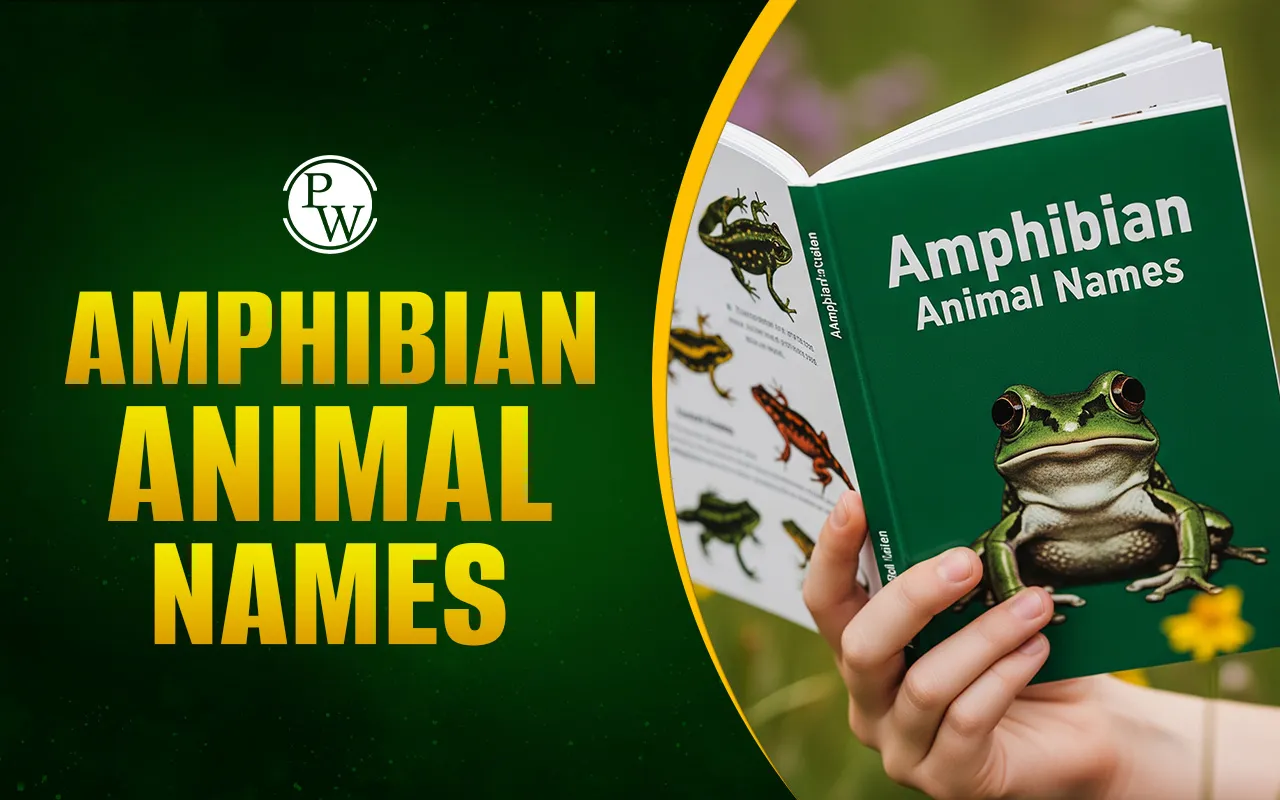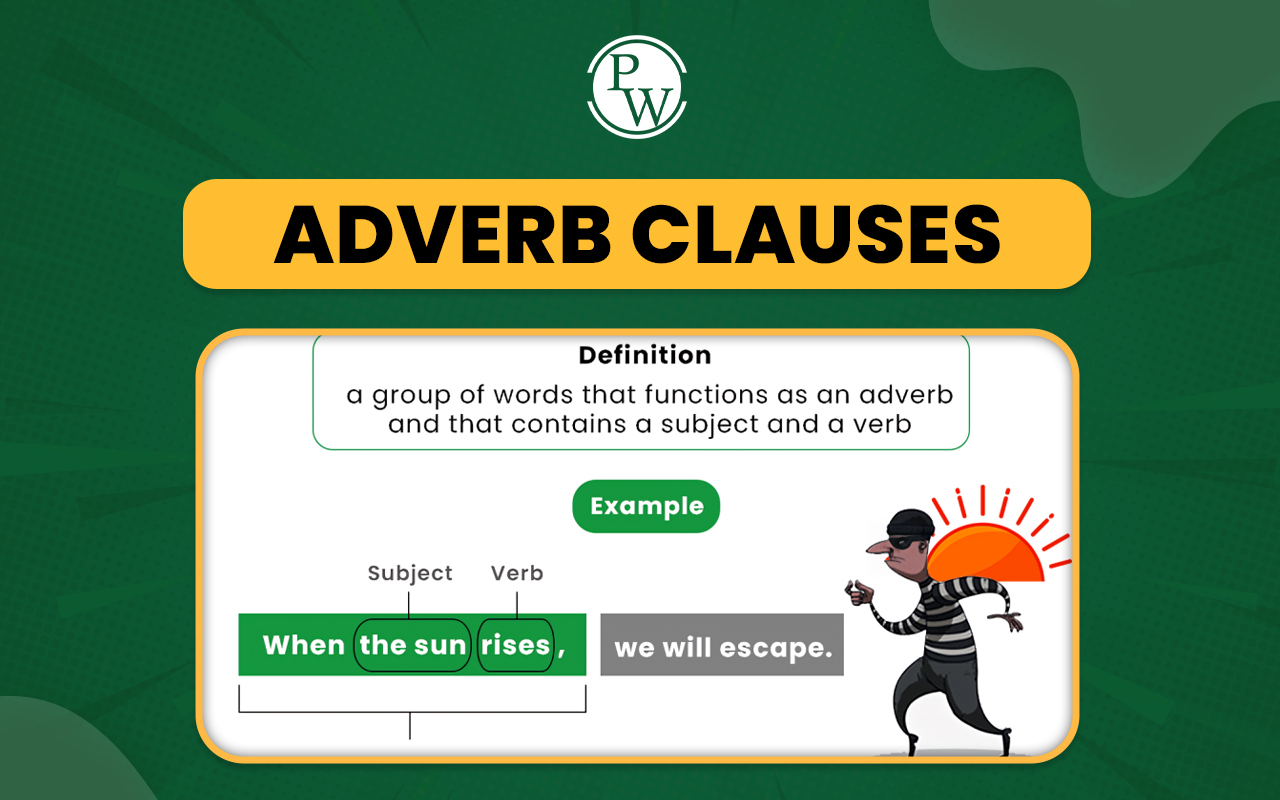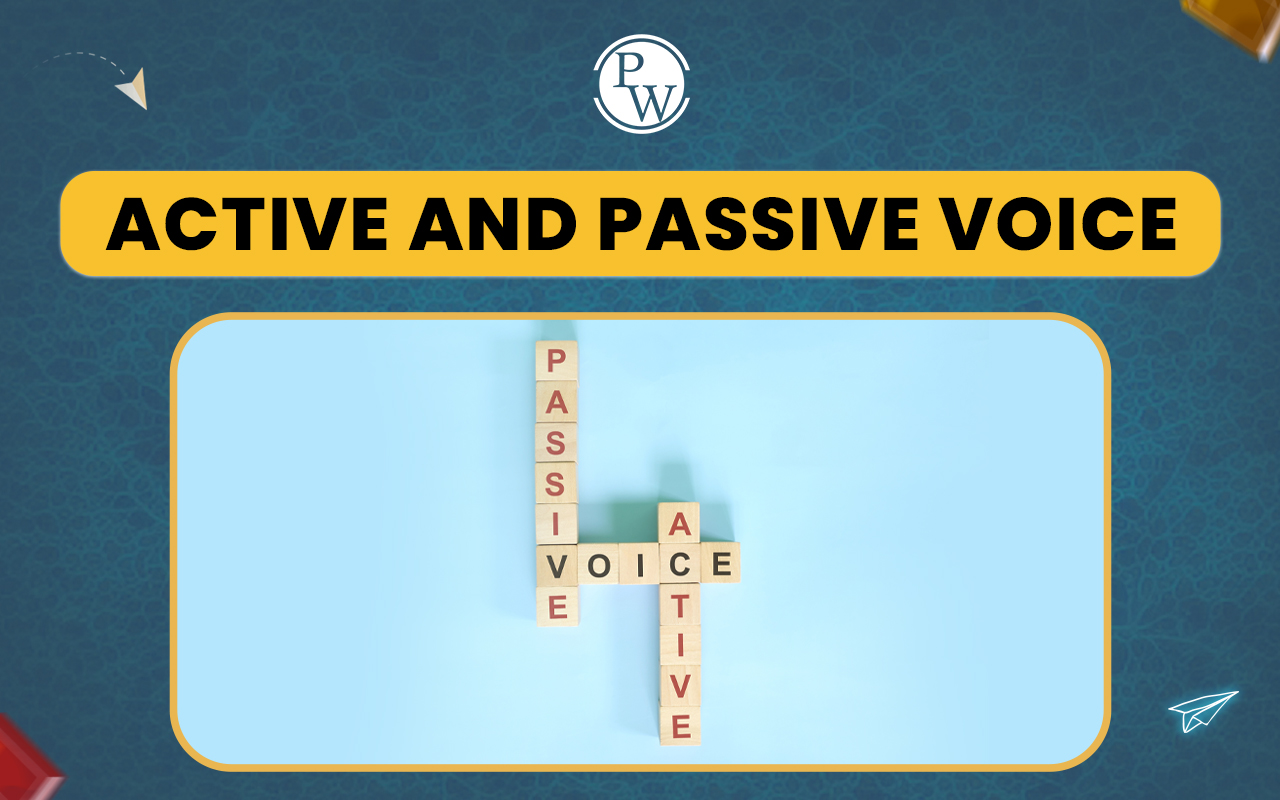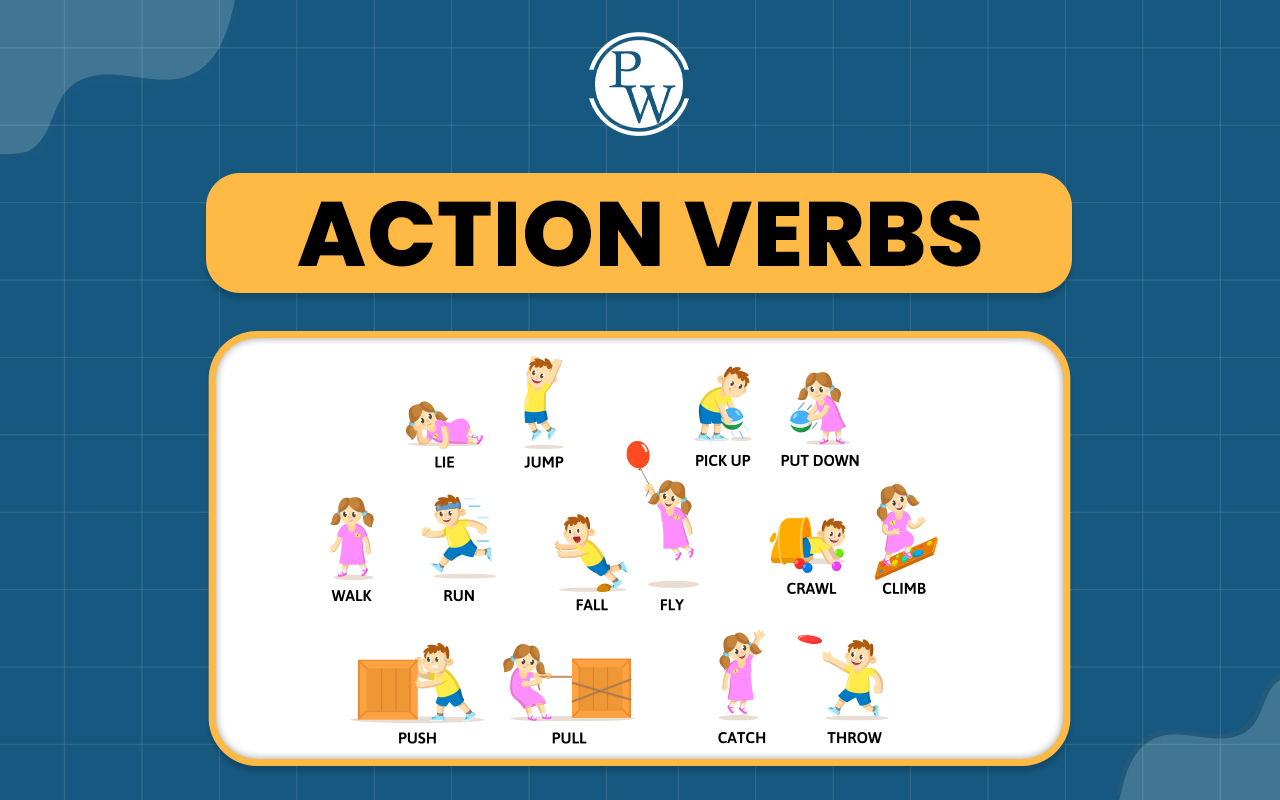
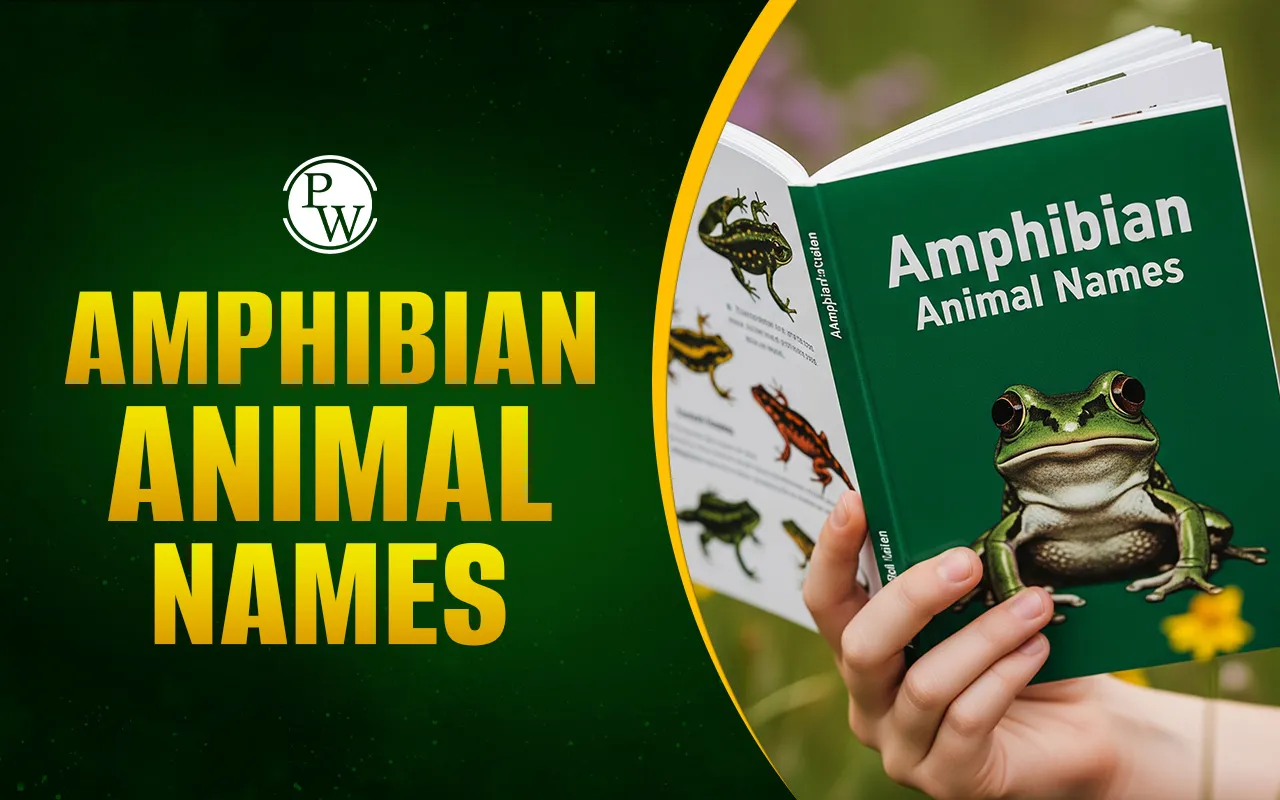
Amphibian Animal Names
Amphibians are a unique group of animals known for their ability to live both in water and on land. These are cold-blooded creatures that act as both predators and prey in their natural environments.
If you have ever wondered about the different types of amphibians or needed a quick list of amphibian names, this blog introduces you to the fascinating world of amphibians by sharing 10 amphibian animal names along with interesting facts about their characteristics and importance in nature.
Read More - Non Flowering Plants - Definition with Examples
What are Amphibian Animals?
Amphibians belong to the class Amphibia, and their life cycle usually includes aquatic and terrestrial environments. Amphibians are vertebrates that typically begin their life journey in water and gradually develop features that enable them to live on both water and land.
Common Characteristics of Amphibian Animals
Amphibians belong to a category of vertebrates with some special characteristics, as mentioned below.
-
Dual Habitat: Amphibians can live both in water and on land.
-
Cold-Blooded (Ectothermic): They can regulate their body temperature according to the environment.
-
Moist and Scaleless Skin: Their skin is smooth and lacks scales, which helps in gas exchange through diffusion during respiration.
-
Gills: Amphibians often have gills that help them breathe underwater, particularly during the early stage of their lifecycle.
-
Metamorphosis: Many amphibians completely transform from a larval stage to a mature form with limbs.
-
Three-Chambered Heart: Their heart has three chambers: two atria and one ventricle.
-
External Fertilization: Most amphibians lay eggs in or near water, where fertilization occurs externally.
Check Out - What is Temperature? Definition, Scales, Units, & Facts
List of 10 Amphibian Animals with Features
Below is a list of 10 amphibian animal names that will expand your knowledge and help you easily name some amphibians in any conversation.
Frog
This creature is one of the most common amphibians found in most parts of the world. They are characterized by their long hind legs used for jumping. They lay eggs in water from which tadpoles are generated.
Toad
Toads resemble frogs but have dry, rough skin and shorter legs. They are less dependent on water than frogs and are often seen on land, especially in forests and gardens.
Salamander
Salamanders are lizard-like amphibians, but are larger. They have slender bodies, four limbs, long tails, and moist skin. Many species of salamanders are found in bright colours. The spotted salamander is a common example
Newt
It is a subgroup of salamanders of smaller sizes and skin that is more pebble-textured than the smooth, wet skin of other salamanders. They are extremely sensitive to the changes where they live and act as indicators of environmental pollution.
Caecilian
Caecilians have long, slender bodies with no arms or legs. They have poor eyesight and rely on touch and smell for movement. They mostly live underground. Their unique appearance makes them stand out in any amphibian animal name list.
Axolotl
The axolotl is a small amphibian that mainly lives underwater. It has four legs and is known as the Mexican walking fish. Axolotls are subject to much scientific research due to their unique features.
Glass Frog
These frogs are called glass frogs because they have a special type of translucent skin, especially on the abdominal portion, which makes their internal organs visible. They live mainly on trees, feeding on insects.
Hyla
Hylas are also known as tree frogs that live in trees and have specialized toe pads for climbing. They have smooth skin with a mucous layer that minimizes water loss when they are outside of water.
Mudpuppies
Mudpuppies are amphibians with flat heads and compressed tails, which help them to swim. Their bodies are grey or shades of brown, and they have fluffy red gills. They are seen outside water during the daytime only.
Sirens
Sirens are salamanders with shorter forelimbs and no hind limbs. Their round body and long, vertically flattened tail give an eel-like appearance. Sirens like to stay in aquatic environments like swamps and ponds.
Read More - Difference Between Weather and Climate
What Makes Amphibians Special?
Amphibians’ habitat consists of both aquatic and terrestrial environments. Here are some characteristics of amphibians that make them special for our environment.
-
Amphibians, like frogs, undergo metamorphosis or transformation from tiny larvae to terrestrial adults with developed organs.
-
Most amphibians have high sensory abilities, including powerful hearing systems, and have special green rods in their retinas to discriminate colours.
-
Some amphibians show unique characteristics like fluorescence, the ability to re-emit light they absorb.
-
Most amphibians are very sensitive to changes in their habitat. A decline in amphibian populations indicates excessive water pollution, habitat destruction, or climate change.
-
Some amphibians secrete poisonous chemicals from their skin, creating self-defence. Their bright colours often indicate toxic skin secretions and serve as a warning to predators.
-
Amphibians belonging to the salamander group have the special ability to regenerate organs like legs or tails if they lose one.
-
Some amphibians become inactive during cold winters and enter a resting state called hibernation.
Read More - Three States of Matter: Solids, Liquids, and Gases
Amphibians are fascinating creatures, spending their lifetime in both water and land. If you are ever asked to name some amphibians, you can confidently mention some from the list above.
You might find local amphibians in gardens, ponds, forests, or even city parks. It’s important to protect their natural habitats because many amphibians are becoming vulnerable or endangered due to environmental disturbances.
Give Your Child a Brighter Learning Path with CuriousJr Booster Course
We know that many children face difficulties in keeping up with schoolwork. It often happens not because they lack interest or ability, but because they need the right guidance, support, and a way of learning that holds their attention.
At CuriousJr, we offer a practical and engaging solution that helps children improve quickly and enjoy their subjects. Our six-day booster courses are available for students from Classes 3 to 8 and cover subjects including English, Maths, Science, and Social Science.
With fees starting from just ₹29, we make it possible for every child to experience high-quality learning without stress.
What your child gets:
-
Live daily classes with dual mentorship support
-
Interactive lessons and visuals that spark interest
-
Homework help and doubt-solving for better clarity
-
Daily progress tracking, PTMs, and report cards
-
Personal attention to suit your child’s learning pace
Whether your child needs to catch up, build confidence, or explore topics in a more engaging way, Curious Junior Online Tuition provide the right push at the right time. Book your seats today.
Amphibian Animal Names FAQs
Q 1 Are amphibians poisonous?
Q2 How do amphibians breathe?
Q3 Why are many species of amphibians in danger of extinction?
Q4 What are the major groups of amphibians?
Q5 What are the different life stages of amphibians?

